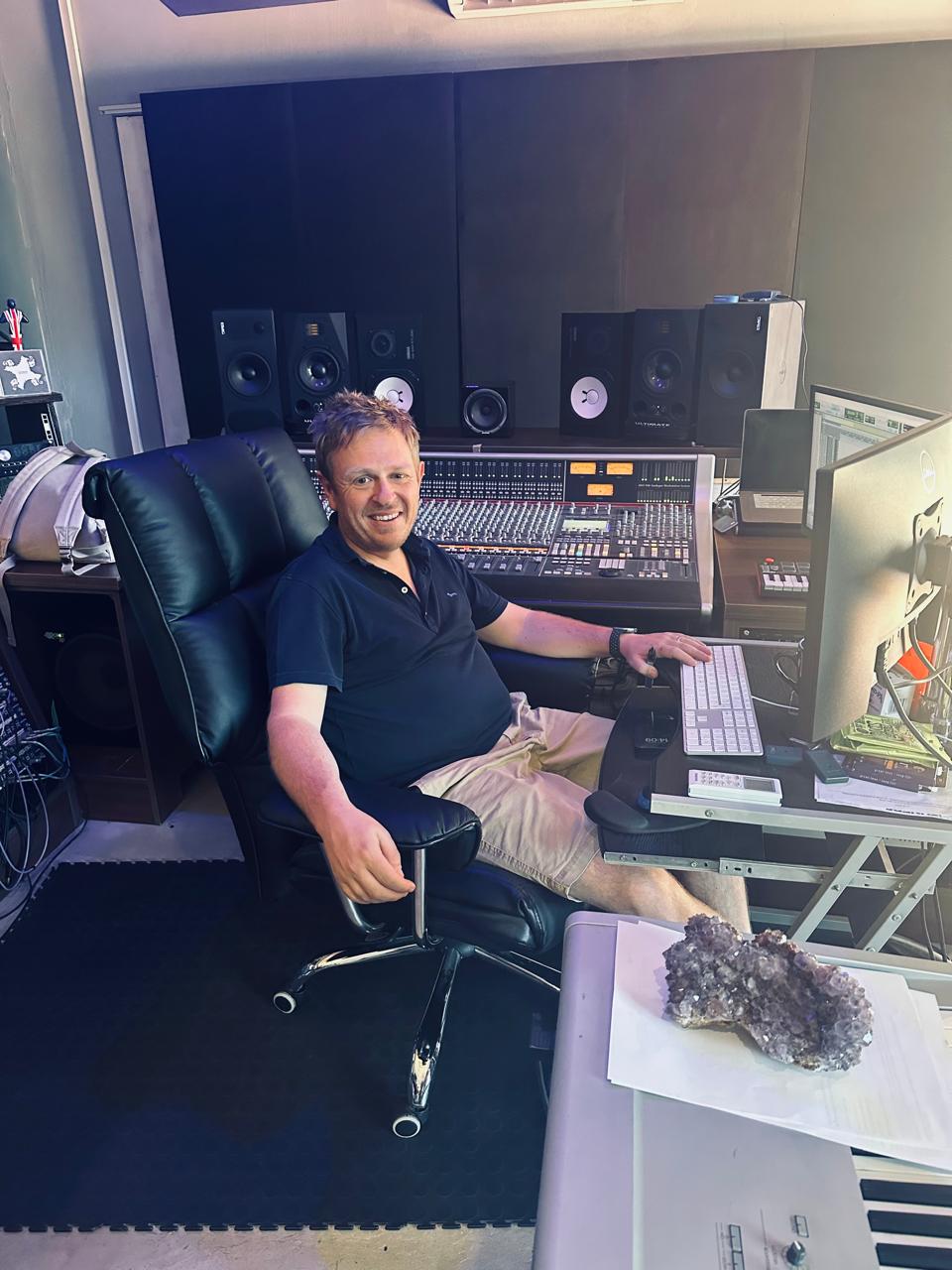The Art of Hybrid Mixing: Unleashing Creative Possibilities
- Andrew Rawbone-Viljoen

- Jun 21, 2023
- 2 min read
Updated: Jul 4, 2023
Introduction: In the world of audio production, mixing is an essential step that brings all the elements of a recording together to create a cohesive and balanced sound. Traditional mixing techniques have long relied on analog hardware or digital plugins, each offering unique characteristics. However, in recent years, a new approach known as hybrid mixing has gained popularity, combining the best of both worlds to unlock limitless creative possibilities. In this blog post, we will explore the art of hybrid mixing, its benefits, and how it can revolutionize the way we approach audio production.
Understanding Hybrid Mixing: Hybrid mixing is a technique that involves combining analog hardware processors with digital plugins in the mixing process. It leverages the warmth, character, and unique sonic qualities of analog gear while harnessing the flexibility, recallability, and precision of digital tools. By integrating the two, engineers can achieve a blend of the old and new, creating a rich and dynamic sonic landscape.
The Benefits of Hybrid Mixing:
Sonic Depth and Character: Analog hardware processors have long been revered for their ability to impart a distinct character and warmth to audio signals. By incorporating them into the mix, hybrid mixing introduces a level of depth and richness that can be challenging to achieve solely with digital tools. From analog compressors and equalizers to tape emulations, each piece of hardware adds its own unique coloration and harmonic complexity, elevating the sonic experience.
Flexibility and Recallability: One of the standout advantages of digital mixing is the ability to recall settings and projects effortlessly. Hybrid mixing combines this advantage with the tactile and hands-on control offered by analog gear. Engineers can dial in their preferred analog settings, capture them digitally, and then fine-tune and recall them at any time during the production process. This flexibility allows for experimentation without the fear of losing a great sound.
Creative Experimentation: Hybrid mixing opens up endless possibilities for creative experimentation. Engineers can combine the precision and surgical capabilities of digital plugins with the sonic character of analog processors, offering a vast sonic palette to shape their mixes. The ability to chain multiple analog processors together and integrate them with digital effects empowers engineers to achieve unique and innovative soundscapes that stand out from the crowd.
Workflow Efficiency: Hybrid mixing can enhance workflow efficiency by leveraging the strengths of both analog and digital realms. Analog gear excels at imparting color and character to individual tracks during tracking or mixing, while digital plugins excel at precise and surgical adjustments during the fine-tuning phase. This hybrid approach enables engineers to work more efficiently, making crucial decisions early on and streamlining the later stages of the mix.
Conclusion: Hybrid mixing represents a harmonious blend of the best attributes of analog and digital processing. By incorporating analog hardware processors and digital plugins, audio engineers can access an unparalleled level of control, creativity, and sonic depth. This technique allows for the exploration of new sonic territories while preserving the warm and characterful qualities that analog gear brings to the table. Whether you're seeking vintage warmth, surgical precision, or a combination of both, hybrid mixing is a powerful tool that can elevate your audio productions to new heights. Embrace the art of hybrid mixing and unlock a world of endless creative possibilities.




Comments